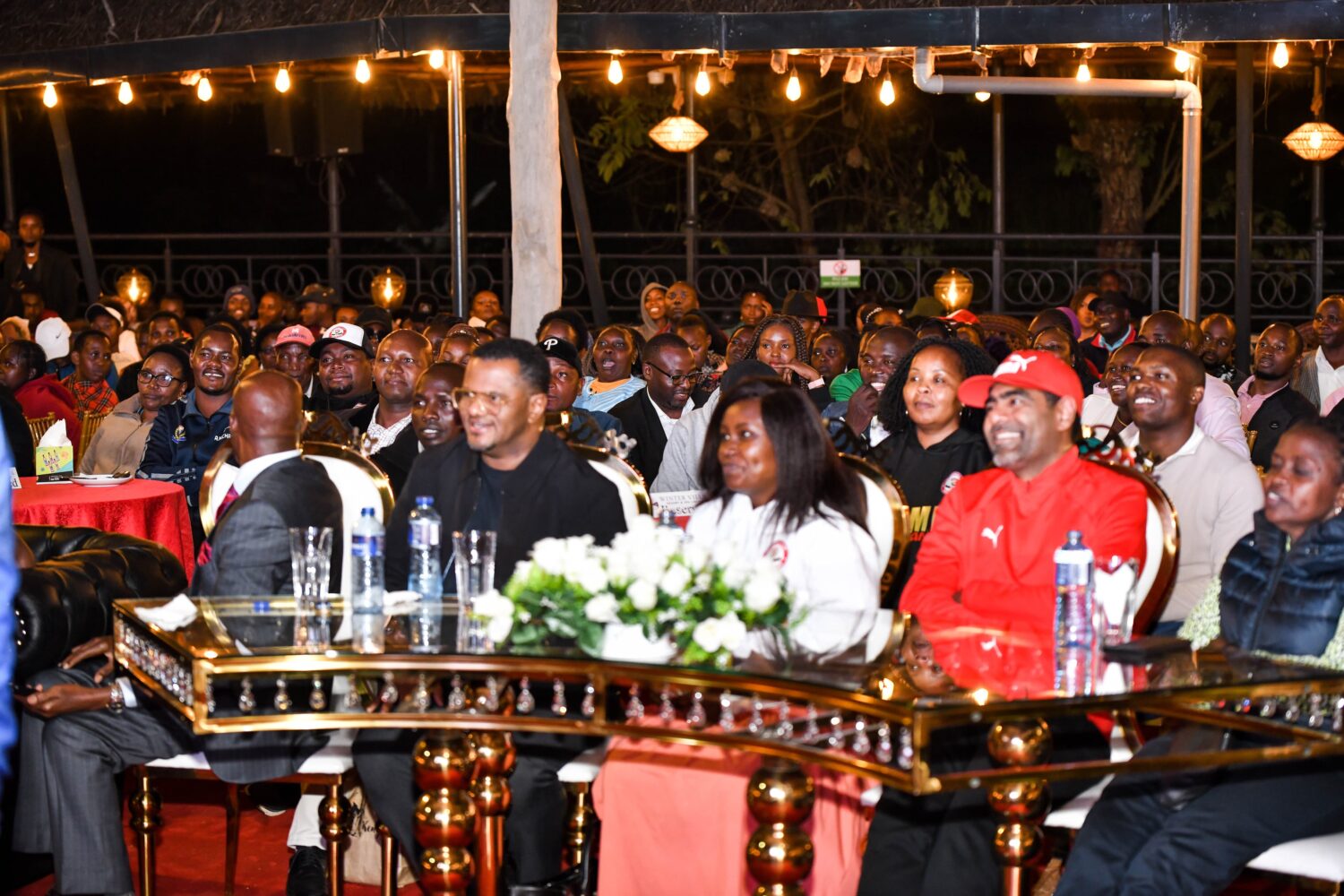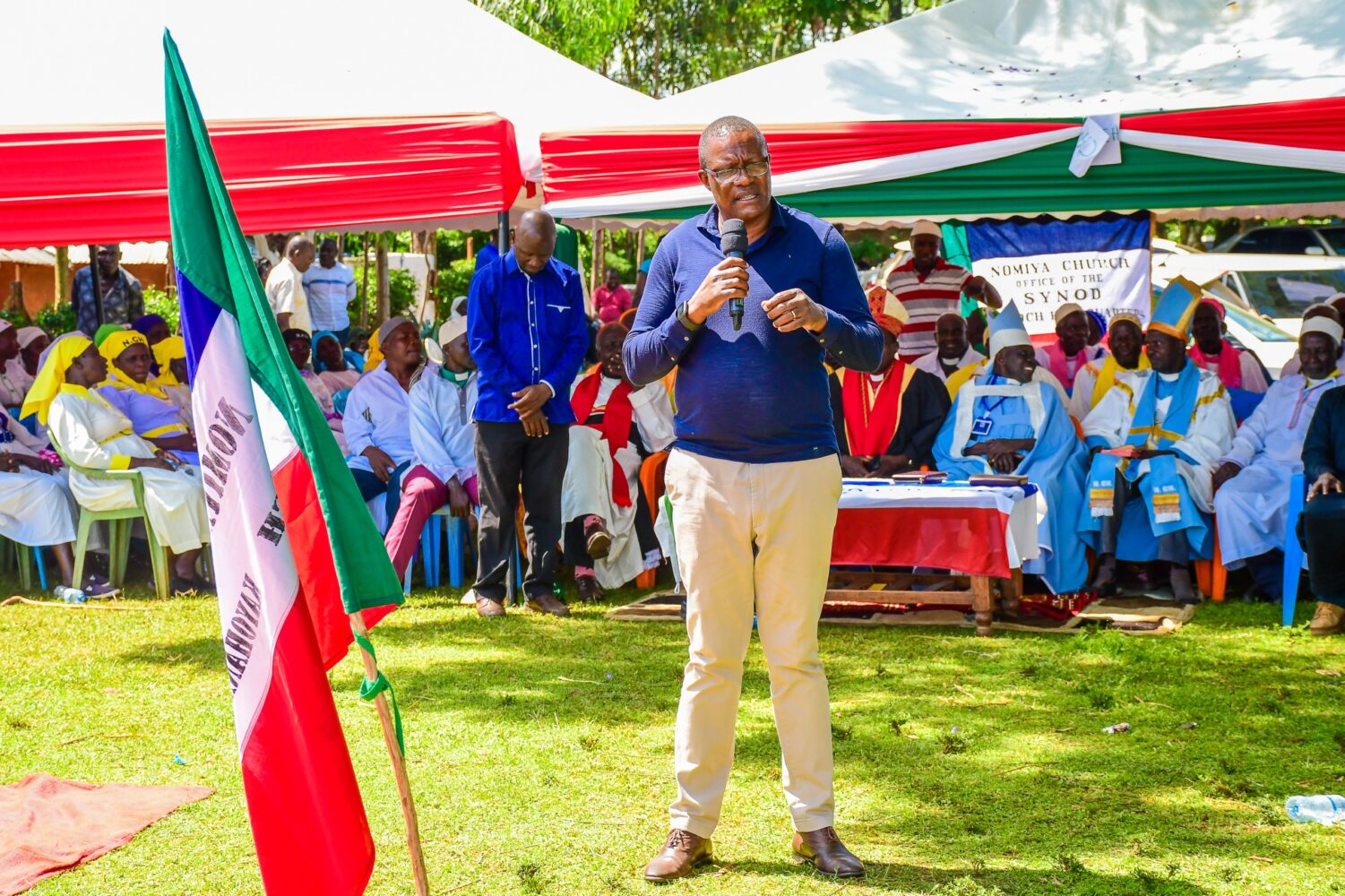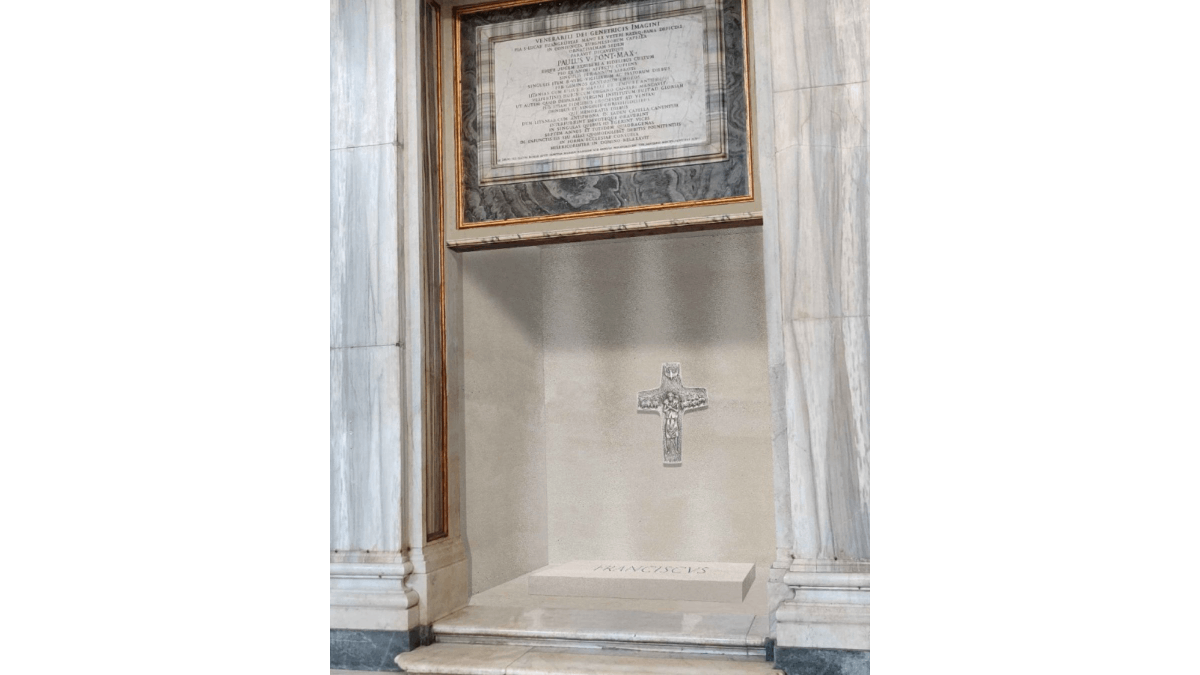Kenya’s coastal region has long been a beacon for tourists, drawing visitors from all over the world to its shores.
This article delves into the fascinating influence of Portuguese heritage on the country’s coastal tourism identity.
Tourism: A pillar of Kenya’s coastal economy
The coastal region of Kenya holds a unique and vital place in the country’s economy, with tourism standing as one of its cornerstones.
A blueprint drawn up by the Jumuiya ya Kaunti za Pwani (JKP) estimates that a staggering 39.5% of the region’s total economy is attributed to tourism.
This underscores the paramount role that tourism plays, making it arguably the most significant contributor to the local economy.
When compared to other coastal regions worldwide, it is evident that tourism at Kenya’s coast holds an unparalleled status, second only to the fishing industry.

The Allure of the Indian ocean
Two primary attractions beckon tourists to the Kenyan coast, and foremost among them is the magnificent Indian Ocean.
The allure of vast water bodies has captivated human beings since time immemorial, a connection that seems to be intrinsic to our nature.
It’s as though we carry a deep-seated affinity for water, dating back to our earliest existence in the mother’s womb, and probably further into the evolution line as amphibians.
The Indian Ocean, with its grandeur and majesty, beckons visitors to take a dip and embrace its splendour. This natural wonder plays a pivotal role in the appeal of the Kenyan coast.

Cultural and Natural heritage: Intertwined Wonders
The next major attraction is the multitude of natural and culturally rich heritage sites that adorn Kenya’s entire coastline.
From the slave caves of Shimoni in the South to the Swahili ruins of the Pate islands of Lamu in the North, the coastal region is rich in historical treasures.
It’s often challenging to distinguish between the natural and cultural heritage, as the two are intricately intertwined. The sea, with its magnetic pull, attracted the people who forged the region’s cultural heritage.
Furthermore, the geo-natural system of the sea played a significant role in nurturing the rich natural ecosystems that make up the coastal natural heritage.
Portuguese influence on Kenyan coast
Historical documents reveal a convergence of three major groups of people who have significantly influenced the coastal settlements.
The Bantu group, including the Swahili, Mijikenda, and other hinterland communities, was the first. The second group, the Asiatic group, comprised mainly of Arabs and Persians.
The third group, which holds the focus of this article, is the Europeans, primarily led by the Portuguese, and later the British and Germans.
Of these groups, the arrival of the Portuguese in 1498 and their subsequent two centuries of influence on the Kenyan coast hold a pivotal place in the region’s history, particularly in the context of tourism.
The Portuguese Legacy
The Portuguese, who arrived in 1498 under the leadership of Vasco da Gama, were driven by ambitious goals.
They initially landed in Mombasa but were repelled by the Arabs already established there. Subsequently, they found a more welcoming reception in the rival Malindi settlement, where they established a base.
The Portuguese had intended to set up naval bases and gain control over the Indian trade networks. However, the formidable Arab armies and the enormous cost of policing the vast Indian Ocean and East African coastline prompted a shift in strategy.
The Portuguese opted for cooperation, which ultimately proved more lucrative.

This complex dance between attempted control and eventual cooperation allowed the Portuguese to establish their dominance in various locations, including Malindi (1499), Mombasa (1502) in Kenya, Pemba and Kilwa (1505) in Tanzania, Sofala (1505), Mozambique Island (1507), and Shama (1526) in Mozambique.
Remarkably, the Portuguese presence in Mozambique would last until 1975, a staggering 470 years, whereas their stay in the Kenyan coast lasted for 222 years, concluding dramatically in 1720 after a siege by Arabs at Fort Jesus.
In comparison, British colonial rule in Kenya began around 1895 and ended in 1965, spanning a period of 70 years.
The Portuguese heritage sites
The enduring legacy of the Portuguese is reflected in several iconic heritage sites along the Kenyan coast.
The most notable of these are Fort Jesus in Mombasa Island, the Vasco da Gama pillar, and the Portuguese Chapel in Malindi.
These sites have become symbolic landmarks of both Mombasa and Malindi.
The 2023 Economic Survey recorded over 165,900 visitors to Fort Jesus in 2022. Additionally, the combined visitation of the other two sites as part of the Malindi Heritage circuit reached 17,800 visitors during the same period.
This totals to 183,700 visitors. It’s important to consider that the apparent low numbers for the Malindi sites may be due to insufficient data collection.
To put these numbers in perspective, the coastal region received 342,300 visitors in 2022 through Moi International Airport.
This means that one in every two visitors arriving through the airport visited either Fort Jesus or the Malindi heritage circuit. Domestic travellers should also be considered for a comprehensive analysis.
Portuguese Heritage: Shaping local identity
The influence of Portuguese heritage on the Kenyan coast goes beyond visitor numbers.
Fort Jesus and the Vasco da Gama pillar have indelibly imprinted Mombasa and Malindi with unique identities.
A photograph with Fort Jesus instantly evokes Mombasa, while the Vasco da Gama pillar is synonymous with Malindi.
These iconic landmarks have earned their place among the top 10 most famous landmarks in Kenya, as per magicalkenya.com.
Consequently, they are among the most photographed sites in the country.
The power of photography and interaction
Scholarly studies emphasize the significance of allowing tourists to interact with monuments. The tactile experience of touching, climbing, and photographing these landmarks provides a participatory engagement with the destination itself.
This interaction brings the brand to life and makes the experience fun and memorable.
Furthermore, the sharing of content online has become increasingly common among visitors, creating digital footprints of their experiences.
Fort Jesus, for instance, returns 28,600,000 results in a Google search, with Mombasa at 51,600,000 results.
The Vasco da Gama pillar search results in 424,000 hits, and Malindi records an impressive 10,400,000 results.
These numbers highlight the cultural and historical significance of these sites in the digital era. In comparison, other tourist sites in Kenya, such as Maasai Mara, Amboseli, Nakuru, Naivasha, and Kisumu, also generate substantial online interest.
In conclusion, the Portuguese heritage along Kenya’s coast is a testament to the enduring impact of history on modern tourism.
The legacy of this colonial era continues to shape the identity of Mombasa and Malindi, making them must-visit destinations that leave a lasting impression on visitors and encourage return trips.
The rich history and the physical presence of these heritage sites have turned them into cherished symbols, both in the physical and digital realms, contributing significantly to the vibrant tourism industry along the Kenyan coast.
This article has been written by Daniel Muoki, who is the Go Blue Project’s Communication & Visibility Lead











